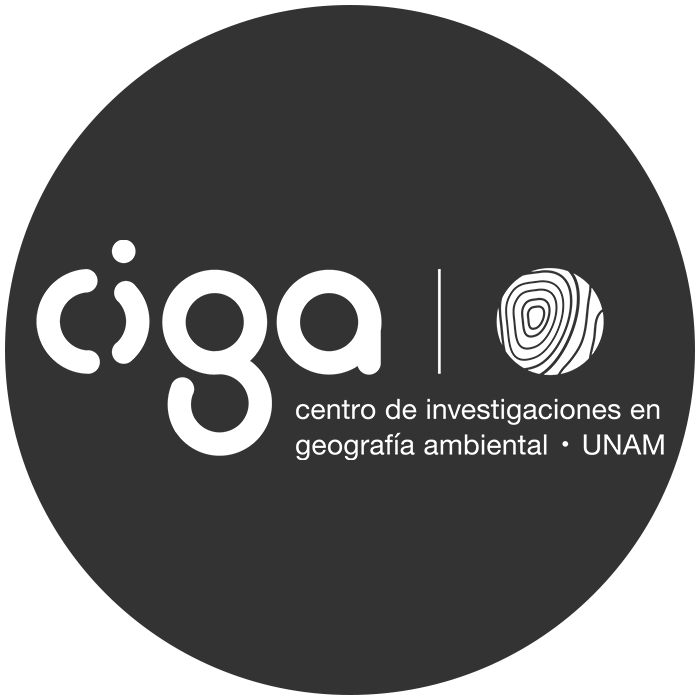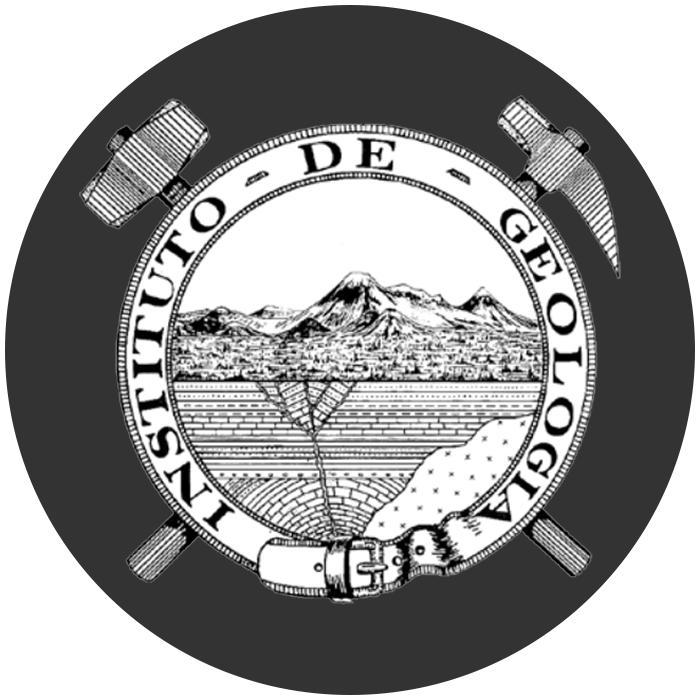Spatial relationship between disaster declarations and vulnerability in Mexico
Main Article Content
Abstract
This study analyzes the spatial relationships between "disaster declarations" and vulnerability in Mexico in the period 2000-2020, using official historical data from CENAPRED on disaster declarations and poverty levels from CONEVAL. Through statistical and spatial regression tools, the relationships between vulnerability and the frequency of events that exceed the capacities of a local government to address them were evaluated; The frequency of exposure to a threat is not evaluated, since the declarations do not document all the threats that materialize, but only those that produce the greatest impacts. The disasters considered were exclusively geological, hydrometeorological and climatic (droughts). The fundamental contribution is the preparation of vulnerability maps, at the municipal level, which identify priority areas for attention and management. The results show that exposure is the main factor associated with disasters, but conditions of vulnerability significantly amplify impacts and condition recovery. The findings highlight deep territorial inequalities and underscore the importance of integrating these analyses to design targeted strategies, considering local particularities and promoting more equitable and efficient risk management.
Downloads
Article Details

This work is licensed under a Creative Commons Attribution-NonCommercial-ShareAlike 4.0 International License.
PLUMX Metrics
References
Anselin, L., Rey, S. J., 2014. Modern Spatial Econometrics in Practice: A Guide to GeoDa, GeoDaSpace and PySAL. GeoDa Press LLC.
Bankoff, G., 2003. Vulnerability as a Measure of Change in Society. International Journal of Mass Emergencies & Disasters 21 (2), 5–30, https: //doi.org/10.1177/028072700302100201.
Blaikie, P., Cannon, T., Davis, I., Wisner, B., 2004. At Risk: Natural Hazards, People’s Vulnerability and Disasters, 2nd Edición. Routledge, https://doi.org/10.4324/9780203714775.
Boisier, S., 1999. Teorías y metáforas sobre el desarrollo territorial. Comisión Económica para América Latina y el Caribe.
Cardona, O. D., Aalst, M. K. V., Birkmann, J., Fordham, M., Gregor, G. M., Rosa, P., Pulwarty, R. S., Schipper, E. L. F., Sinh, B. T., Décamps, H., Keim, M., Davis, I., Ebi, K. L., Lavell, A., Mechler, R., Murray, V., Pelling, M., Pohl, J., Smith, A. O., Thomalla, F., 2012. Determinants of risk: Exposure and vulnerability. En: Managing the Risks of Extreme Events and Disasters to Advance Climate Change Adaptation: Special Report of the Intergovernmental Panel on Climate Change. Cambridge University Press, pp. 65–108, https://doi.org/10.1017/CBO9781139177245.005.
Centro Nacional de Prevención de Desastres (CENAPRED), s.f. Sistema de Consulta de Declaratorias. Consultado el 7 de enero de 2025 en http://www.atlasnacionalderiesgos.gob.mx/apps/Declaratorias/.
Congreso de la Unión, 2012. Ley General de Protección Civil. En Diario Oficial de la Federación, 6 de junio de 2012. https://www.dof.gob.mx/nota_detalle.php?codigo=5249857&fecha=06/06/2012.
Consejo Nacional de Evaluación de la Política de Desarrollo Social (CONEVAL), s.f. Pobreza a nivel municipio 2010–2020. Consultado el 7 de enero de 2025 en https://www.coneval.org.mx/Medicion/Paginas/Pobreza-municipio-2010-2020.aspx.
Comisión Federal de Electricidad, 2015. Capítulo de diseño por sismo (MDOC‑CFE‑2015). En Manual de diseño de obras civiles: Sección C – Estructuras, Tema 1: Criterios generales de análisis y diseño. Comisión Federal de Electricidad.
Deininger, K., 2003. Land Policies for Growth and Poverty Reduction. A World Bank Policy Research Report. World Bank and Oxford University Press.
García Acosta, V., 2005. El riesgo como construcción social y la construcción social de riesgos. Desacatos. Revista de Ciencias Sociales (19), 11–24, https://doi.org/10.29340/19.1042.
Gencer, E. A., 2013. The interplay between urban development, vulnerability, and risk management. En: Gencer, E. A. (Ed.), Disaster Risk Reduction and Climate Change Adaptation: Case Studies from South and Southeast Asia. Springer, pp. 43–62, https://doi.org/10.1007/978-3-642-29470-9_2.
Lavell, A., 2009. Disaster Risk Management: A Perspective from Latin America. En: Wisner, B., Gaillard, J. C., Kelman, I. (Eds.), Handbook of Hazards and Disaster Risk Reduction. Routledge, pp. 89–106.
Massiris, C. A., 2003. Políticas latinoamericanas de ordenamiento territorial: realidades y desafíos. [Tesis doctoral, Universidad Nacional Autónoma de México].
Méndez Vergara, E., 1999. Criterios claves para el ordenamiento territorial ambiental. Espacio y Desarrollo 11, 5–19.
Rodríguez, N., 2020. Marcos legislativos, racionalidades político-económicas y ordenamiento territorial: La desarticulación sectorial y multinivel en México. Revista de Geografía Norte Grande 77, 11–29, https://doi.org/10.4067/S0718-34022020000300011.
Secretaría de Desarrollo Agrario, Territorial y Urbano (SEDATU), 2024. NOM-006-SEDATU-2024: Ordenamiento Territorial y Riesgos Naturales. Consultado el 8 de enero de 2025 en Diario Oficial de la Federación https://www.dof.gob.mx/nota_detalle.php?codigo=5737045&fecha=23/08/2024.
UN/ISDR, 2003. Disaster reduction and sustainable development: A background paper for the World Summit on Sustainable Development. Consultado el 8 de agosto de 2024 en: http://www.unisdr.org.






